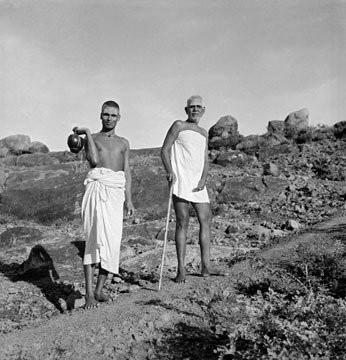Advaita-Vedanta and Sri Ramana: By Dr. Harsh K. Luthar

Advaita is a Sanskrit term and means “not two”. It refers to the philosophy of nondualism. There is a lot of literature on Advaita Vedanta that can be found in any good library and, of course, the Internet.
Excellent and reliable information on classical Advaita-Vedanta and the saints associated with that tradition can be found at the following links.

Reblogged this on Luthar.com.
LikeLike
Reblogged this on Living in the Embrace of Arunachala.
LikeLike
Reblogged this on mira prabhu and commented:
“Self-Realization in Advaita refers to the recognition of our innate state of awareness which by its very nature is that of perfection and freedom. The ancients called it the Heart. It is also referred to as Sat-Chit-Ananda or Knowledge, Consciousness, and Bliss.” Read on….and thanks for a great post, Harsh Luthar!
LikeLiked by 1 person
Pingback: Advaita-Vedanta and Sri Ramana: By Dr. Harsh K. Luthar | joebritto1950
“He advocated that until the mind was ripe…”
In a strict sense, this is incorrect. He did not ‘advocate’ anything other than self inquiry. Just about every ‘guru’ advocates all the rest together with self inquiry and Ramana cannot be placed in the same basket.
It may be more accurate to say he tolerated or accepted that other ‘spiritual practices’ may be needed, at the same time making it clear that they were not sufficient for self realization. The mind can be extinguished only by self inquiry.
LikeLiked by 1 person
Thank you twopaisa-ji for using your mind to give us subtle insights. 🙂
LikeLike